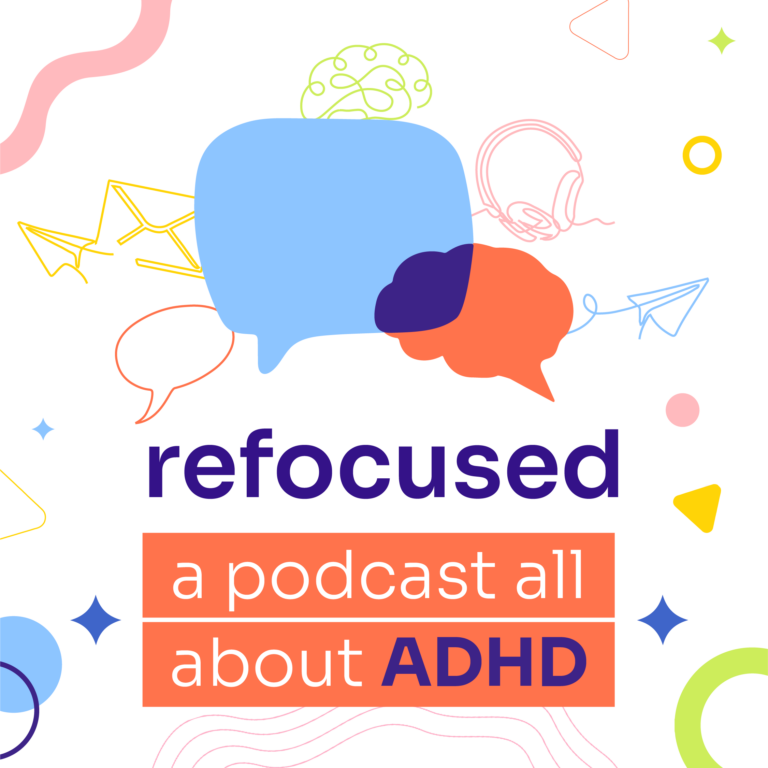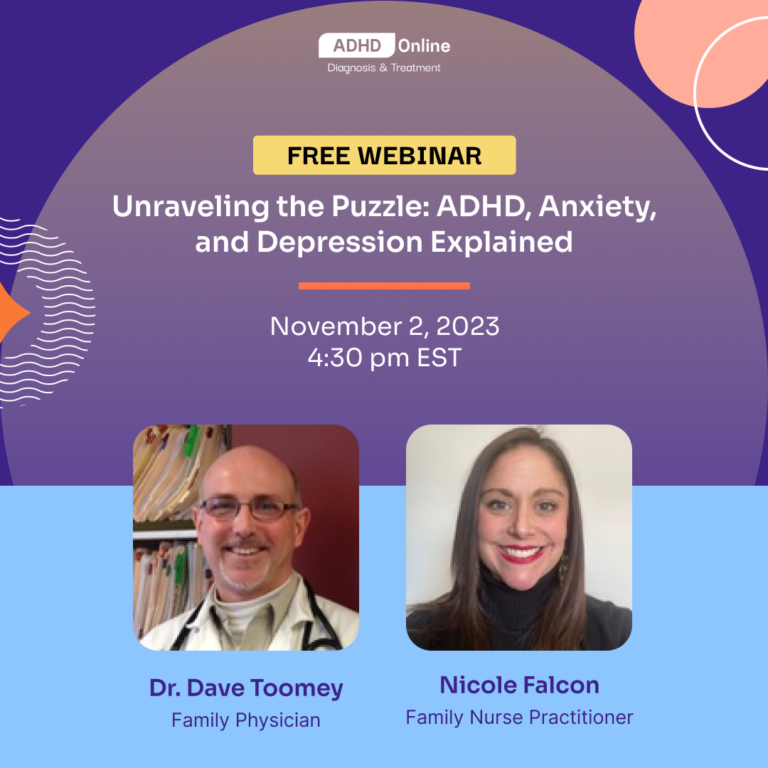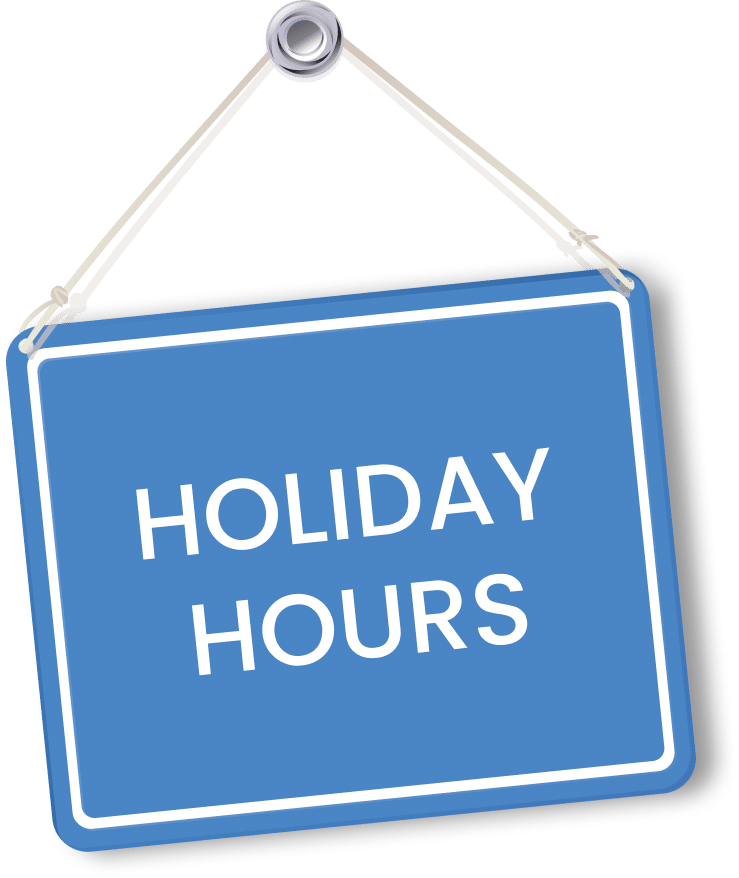Tyler Dorsey is an ADHDer turned ADHD life coach. She is excited to be able to share all things ADHD with our readers through the lens of her personal and professional experience.
I was diagnosed with ADHD when I was 11 years old. For years, I struggled to complete homework on time, study for tests, maintain a clean space, manage my emotions and more. It was not until I was in my freshman year of college that I had even heard the definition of ADHD and it was my senior year of college when I realized ADHD was more than just disorganization and inattentiveness.
When I began to dive deeper into understanding what ADHD really is and how it was uniquely impacting me, I began to see massive changes in my life. Relationships improved, balancing school, volleyball and work became easier, and my confidence increased.
The goal is to start thriving with ADHD, not just survive. To accomplish this requires a lifestyle change. When we think about managing our ADHD, we are quick to buy planners, start medication and use a timer. We jump straight to buying the tools without knowing what we are trying to build and the process that needs to be taken to build it.
Planners, medication and timers are all great tools to have. However, they are useless if we do not understand why we struggle to plan, what takes away from our attention, and cannot properly estimate how long a task will take us to complete.
To create lasting habits, these questions need to be answered first:
- What result are you seeking to accomplish?
- How will your life improve when you have accomplished this result?
- How important is accomplishing this result to you?
- What will happen if nothing changes?
Once we are clear on these answers, we need to take a deeper dive into understanding ADHD. ADHD is more than just a struggle with attention, impulsivity and hyperactivity. It is struggling with emotional regulation, time management, social skills, relationships, organization, planning, prioritizing, motivation,and memory — to name a few. Each of these impacts everyone with ADHD differently.
In order to take a step towards accomplishing the desired result, we have to understand what has been getting in the way of accomplishing that result to this point. We need to know how our brain functions so we can determine what path will work best for us. When we know how our ADHD brain functions, we can face the obstacles that come our way head on instead of avoiding them. When we face these obstacles head on, we create change that lasts.
Those of us with ADHD are impatient people. We want to get the result right now and if it takes too long, we give up. This is why, when creating lasting habits, it is crucial to break it into baby steps. When we give into our impulse to change everything at once, we are not setting ourselves up for success. Changing everything at once may give us a big change that lasts for a little while. But eventually, it will fade away and we end up back where we started.
Once we are clear on the result we are wanting and we understand our ADHD in depth, we get started by working backwards and determining the baby steps that need to be taken to accomplish this result. Getting started is something those of us with ADHD struggle with. That is why breaking it down into small steps is crucial. Let me give you an example:
Let’s say we want to maintain a clean bedroom. We break down the steps that need to be taken to accomplish this result.
- Pick up clothes
- Throw away trash
- Clean off surfaces
- Vacuum
- Make bed
The steps listed are ones that need to be taken in order to maintain a clean room. But these are not baby steps. We need these steps to be more specific and we need a transition for starting on these steps. Here is an example of what baby steps and a transition look like:
Transition: Every Sunday we clean our bedroom. First, go look at the clean room checklist in the notes app of our phone. Pick one item on the list to complete at a time and check it off before moving to the next. Pick your favorite playlist to listen to while working through the checklist.
- Pick up the clothes off the floor
- Dirty clothes are put in a basket and taken to the laundry room
- Clean clothes are folded or hung and put away
- Pick up all trash on the floor and on surfaces and throw away
- Clean off surfaces
- Put away items that do not belong on that surface
- Once all surfaces are cleaned wipe them down
- Vacuum the floor after it has been picked up
- Make the bed with new sheets and take old sheets to laundry room
The first list is a general list that leaves questions for my ADHD brain. When I have questions and am not clear on exactly what I am supposed to be doing, I get overwhelmed or more easily distracted. This leads to more time wasted and less time cleaning my room.
In addition, getting started is something I struggle with. The second list includes my steps to getting started. For my brain, just saying go clean your room isn’t enough. I need to know exactly what steps I will be taking to start the room cleaning process. And I need the checklist to refer to when I get stuck or distracted and forget what I was doing.
When it comes to managing your ADHD instead of letting it manage you, a lifestyle change has to happen. Creating this change involves tools. But those tools are only a part of creating lasting habits that get us the results we desire.
Understanding our ADHD, being clear on the results we are seeking and taking baby steps are the difference between temporary changes and lasting changes.




